It was during this period of problem solving that HYT called on Giulio Papi, famed technical director at the movement-making company APRP (Audemars Piguet Renaud & Papi). His task was not to help revamp the H1, but to create the next new movement, the H2. “Even though we had challenges, we were starting to think about the next generation,” Perriard says. “The dream was to bring the movement to a new level; to create an H2, which would go even crazier than the H1 in terms of complexity.” The fact that Papi, as one of Switzerland’s bestknown movement designers, would lend the fledgling brand some much-needed credibility was not lost on Perriard.
The H2 came out in 2013. APRP had redesigned the movement so that more of it was visible. The bellows were arranged to form a “V” rather than lying parallel to each other, and this opened up more space so that other components could be rearranged to have more visual impact from the dial side. “You see different levels and you have the impression of something very deep,” Perriard says. The power reserve was extended from an already long 65 hours to eight days, thanks to two barrels visible through the transparent caseback. The barrels were skeletonized; to see whether the watch needed rewinding, you merely looked through their piercings to see how taut the springs were. The minutes hand was moved from the top portion of the dial to the center.
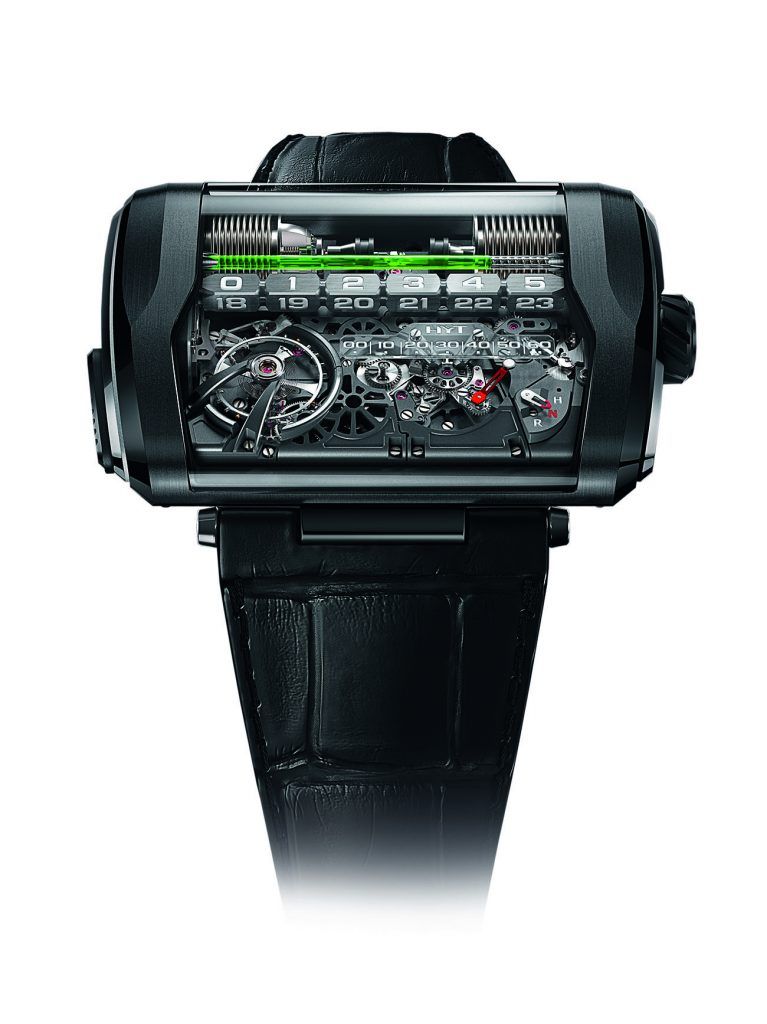
HYT followed up 2015 with another model developed with the help of APRP. It is called, yes, H3. It is rectangular, rather than round, like H1 and H2, and has a linear capillary placed alongside a row of six tiny blocks bearing numerals for the hours. When, after six hours, the fluid reaches the end of the capillary, the blocks turn over, revealing numerals for the next six hours, while the liquid returns to the starting point at the capillary’s left end. It is being offered in a limited edition of 25 pieces and, at $290,000, is HYT’s most expensive watch.
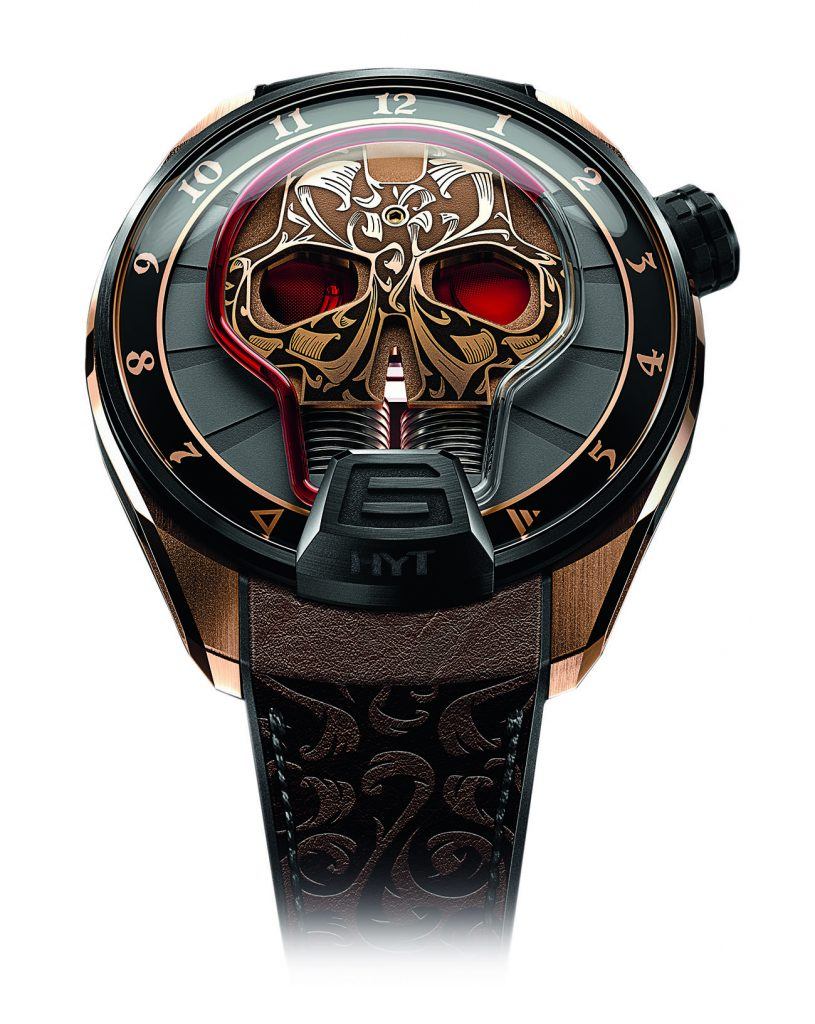
Two other new models came out in 2015, both based on the original H1 movement. In one, the time-telling capillary is bent in the shape of a human skull. (The watch is called, appropriately, the Skull.) There are a seconds indicator and a power-reserve display in the skull’s left and right eyes, respectively. The watch has no minutes indicator (although you can estimate the minutes, roughly, by looking at the position of the meniscus between the hour markers).


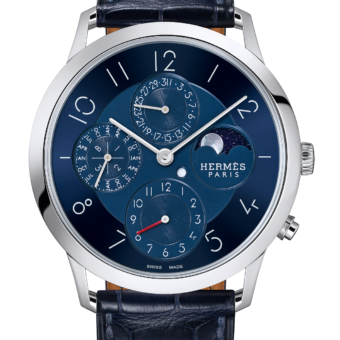
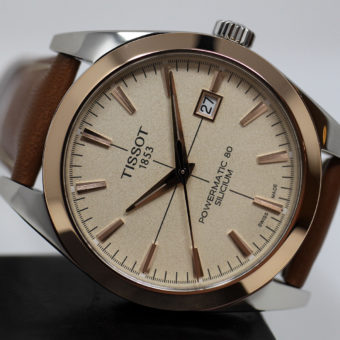
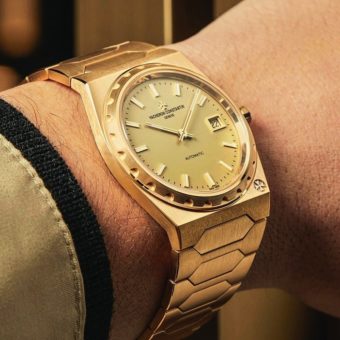
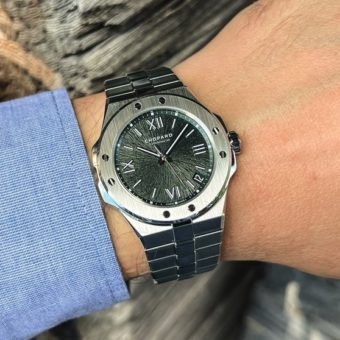

Enjoyed your fine write-up on HYT Watches along with the great pictures immensely.
Thanks Norma!
The design of this product is outstanding. The only question is, when you have a problem with the watch where do you send it an HOW much time might it take to get it fixed an back?. Thank’s.